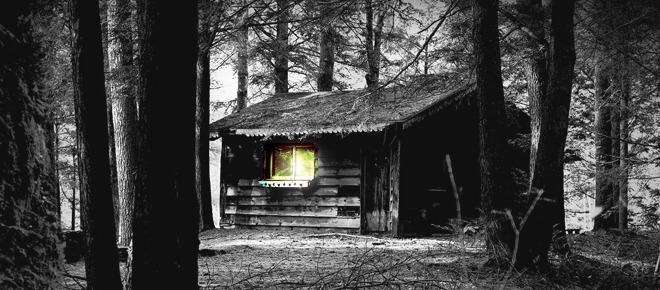Books
N is for… Nordic Noir
What is Nordic Noir?
Nordic Noir refers to the popular genre of Scandinavian crime fiction, though it is not exclusive only to Scandinavian literature. It is a genre that over the last few years, has become the obsession of much of the crime fiction reading community.
From Mankell to Fossum and Nesbo, this genre seems to have a perceived quality above that of it’s US or UK equivalents. Like a pasta that’s ‘Made in Italy’, a crime story from the lands of long winters and small populations promises a crime story that is more than red herrings and flashy police procedural but a plot that will seep into your bones with a lingering chill.
Beginnings
According to Niels Nordberg, the history of specifically Norwegian crime fiction properly begins in 1897, with the publication of Karl Monks Oplevelser (The Adventures of Karl Monk), which contained two long stories about a former Head of the Kristiania (Oslo) C.I.D. turned private investigator.
Since then, the popularity of crime fiction in Norway fluctuated due to the war, the rise of the paperback novel, the prevalence of TV, as well as crime fiction imported from the UK and US.
However, in the 1970s the Norwegian crime novel saw something of a renaissance. Nordberg relates the modern rise of the crime genre in Norway to the increasing industrialisation in Norway during this time. Norway moved from being mainly a rural to a very urbanised society in just a matter of years. Drugs and organised crime creeped in and suddenly reality was making a resemblance to the crime novel. Consequently, a recurring theme noted in the Scandi crime published over the past thirty years, is the loss of innocence.
What makes it so special?
The Scandi crime literature movement has now become mainstream thanks to works such as Stieg Larsson’s The Girl With Dragon Tatoo and popular TV series of Borgen, Wallander and The Killing. More and more talented authors’ works are being translated into English so that UK readers can satisfy their appetites for the Scandinavian sleuths’ critical outlook on life – or rather, death. But what has bought on this hunger for the chilling, murderous tales of far off shores? Where once we indulged in the bourgeois murder games of the Christie and Doyle type, now we crave the psychological plot, analysing the Detective him/herself as much as the crime scene.
The Economist argues that Nordic noir can be broken down into three key elements: language, heroes and setting. Niclas Salomonsson, a literary agent who represents many of today’s up and coming Scandi writers, believes it is the style of the books which make them so magnetic: “realistic, simple and precise …and stripped of unnecessary words”. This is writing that is in fact plain and direct. Scandi crime fiction presents an unveiling of criminal leads, a hint of misanthropy and an exposure of society, being both socially realistic and socially critical. It is devoid of metaphor and so suits the genre well.
And let’s not forget the cold, dark, bleak setting that the region of Scandinavia offers. Life is hard. There is no sexy technology or adrenaline fuelled car chases, just a focus on the monotonous day to day of murder investigation procedural, tirelessly scrutinising facts and evidence. Our protagonists are profoundly fallible and familiar but undoubtedly, expert in catching killers.
For more information on the history of the Norweigen crime novel, see Nordsberg’s comprehensive analysis.
The University of College London recently held a lunch time lecture entitled, ‘Scandinavian Crime Fiction and the End of the Welfare State’ and you can see the recording on their YouTube channel.
Some of Dead Good’s recommended Nordic Noir reads are listed below:


Please note: Moderation is enabled and may delay your comment being posted. There is no need to resubmit your comment. By posting a comment you are agreeing to the website Terms of Use.